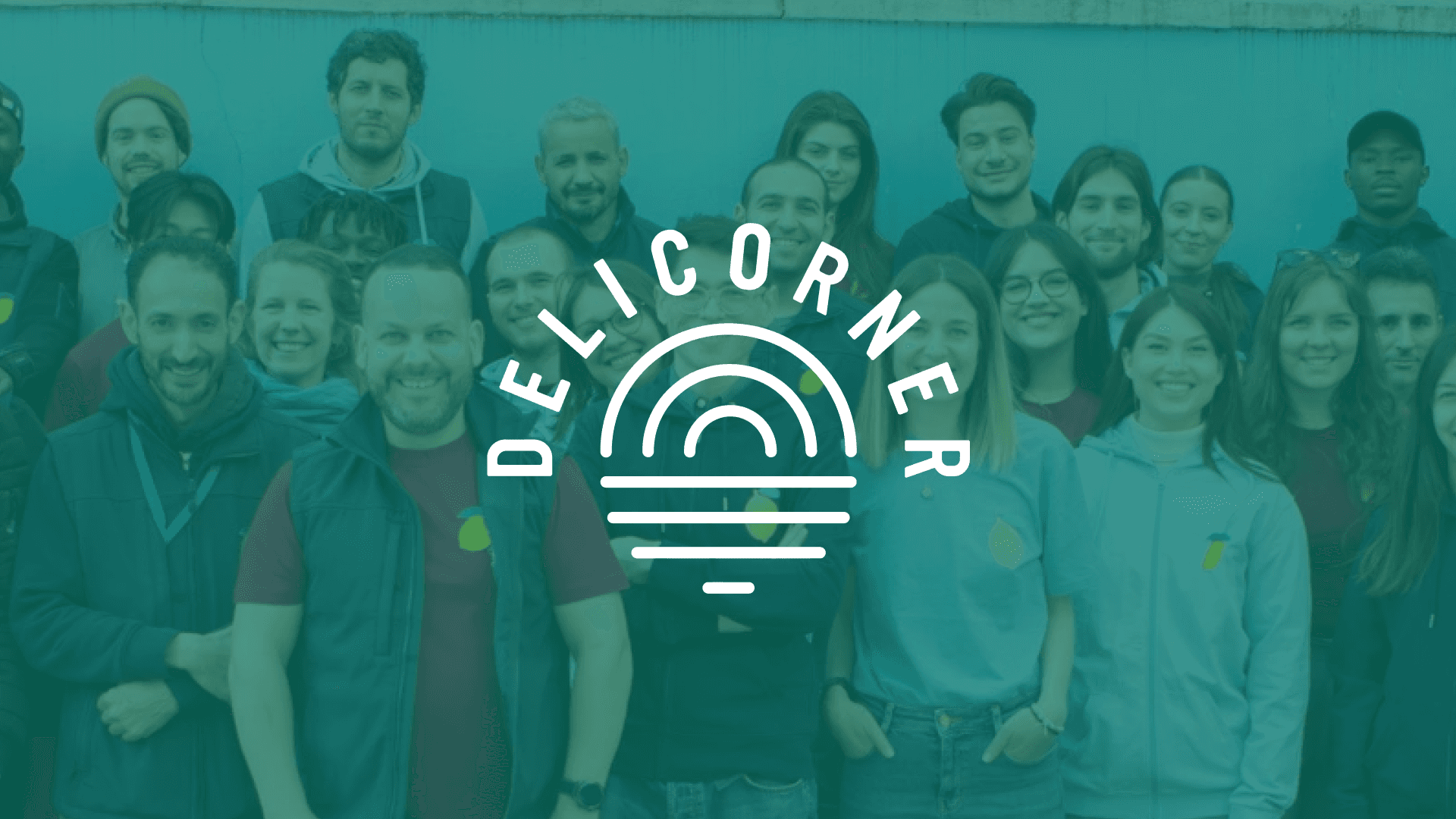Free Trial vs. Freemium: Which model to choose for SaaS businesses?
In an industry where the average user is inundated with a myriad of software options, making your SaaS offering stand out is no small feat. How do you capture the fleeting attention of potential customers and keep it long enough to convert them into loyal users? The answer lies in your business model — but the question is, which one?
In the intricate dance of customer acquisition and retention, the free trial and freemium models have emerged as the leading steps. Yet, each step follows a different rhythm, catering to unique business cadences and customer expectations. The decision between these two models is not just a fork in the road; it’s a strategic gambit that can shape your SaaS company’s entire future.
This article isn't just an exploration; it's a deep dive into the core of what makes the free trial and freemium models tick in the SaaS ecosystem. We'll unravel the psychology behind user decisions, weigh the pros and cons, and look closely at how your product's value proposition fits within each framework. By the time you reach the final period, not only will the differences between these models be crystal clear, but you'll be equipped with the knowledge to choose the path that can lead your SaaS to triumph.
Are you Dominant, Disruptive, or Differentiated?
Both models offer prospects the opportunity to experience your software product for a limited time free of charge, but the way they are implemented can have significant implications for your customer acquisition model and pricing model. So, are you Dominant, Disruptive, or Differentiated when it comes to deciding between a zero-cost entry model and free trial model?
If you’re a Dominant player, your software likely stands as a beacon of quality and value in an already crowded marketplace. The implication here is clear – your product asserts superiority not just in its capabilities but also in its adoption rates. In this case, opting for zero-cost entry model could serve as a testament to your confidence in the product's value, enticing a vast customer base and gradually steering them towards your premium features, as seen with the likes of LinkedIn and their premium professional networking tools.
On the flip side, if your approach is Disruptive, your product might champion innovation by creating a new niche or radically changing existing user behaviors. Here, freemium can be the trojan horse that introduces users to a new way of doing things, as Spotify did with music streaming. The freemium allows for widespread distribution and the seeding of market transformation.
In the Differentiated realm, where specificity and targeted solutions reign, the free trial becomes an invaluable weapon in your arsenal. It is the perfect strategy for software products that promise to solve niche problems with precision and depth, like specialized analytics tools for niche industries. The free trial period becomes a showcase of your software’s specialized capabilities, with the aim to demonstrate undeniable value within a set timeframe, persuading customers to transition smoothly from trial to paid subscriptions.
The decision framework to help you decide which model is best for your company will depend on your goals and how you want to position your software product in the market. In some cases, a zero-cost entry model approach may be more suitable if you are looking to acquire a large number of users quickly. For example, Dropbox has over 500 million active customers for its freemium, showing that offering a free plan can work best for certain companies. However, keep in mind that you will need a significant number of complimentary basic service users to work effectively as a customer acquisition model. On the other hand, a free trial model may be more effective if you are targeting a specific market segment and want to provide trial clients with a comprehensive freemium experience to convert them into paying customers.
What are the Free Trial and Freemium models
Difference between a Free Trial and Freemium
The distinction between a free trial and a freemium can be understood through the lens of user experience and accessibility. A free trial offers a temporary glimpse into the full capabilities of a product, with every feature available to the clients. This period, typically ranging from a few days to a month, allows users to engage with the software in its entirety. It's designed to provide a comprehensive understanding of the product, giving users the opportunity to assess how it meets their needs and if it's worth the investment after the trial expires.
Conversely, the freemium adopts a more gradual approach to user engagement. It provides a perpetual base-level access to the software, which includes enough functionality to be useful without any time constraints. Clientscan adopt the basic features into their daily routines and workflows. This ongoing access serves as a foundation for users to become accustomed to the software's interface and core functions. As they become more entrenched in the ecosystem of the product, the allure of additional, more advanced features — which come with a price — becomes more pronounced.
The differences also extend to the user commitment and investment. With a free trial, the commitment is time-bound. Customers are aware that they have a limited window to evaluate the product, which can create a sense of urgency to thoroughly test the software before the trial ends. The freemium , however, requires no such commitment. Clients can take their time exploring the base functions, and the decision to upgrade to premium is typically driven by a desire for more functionality or an enhanced user experience.
In terms of product access, the free trial model is an all-or-nothing deal for the duration of the trial. Once the trial period is over, access is revoked until the user pays for the service. In the freemium , the initial access continues indefinitely, but access to additional, premium features is gated behind the payment wall.
Benefits of Offering Free Trial
The benefits of offering a free trial for SaaS companies are significant. By enabling potential customers to test the full capabilities of the product, businesses can increase their conversion rates and accelerate their customer acquisition process. Moreover, the free trial creates a sense of urgency for customers to make decisions within the trial period, leading to quicker sales cycles. This model is particularly advantageous for B2B SaaS companies with complex products, as it allows for a more personalized and targeted sales approach based on user interactions during the trial.
Advantages of Freemium Model
On the other hand, the freemium may appeal to a broader audience by offering a basic version of the product for free. This approach enables users to become familiar with the software and its benefits over time, potentially leading to upselling opportunities for premium functions. Freemium can result in a larger client base, increasing brand visibility and word-of-mouth marketing. This model is often suitable for SaaS startups aiming to establish themselves in the industry and gain a competitive advantage.
Factors to consider in choosing a model
When deciding on the most suitable model for a SaaS business, several factors come into play to ensure the optimal choice aligns with the company's goals and target market. Considerations should be made regarding the conversion rate implications, pricing strategies, and the effect on the sales team.
Conversion rate considerations
Conversion rate considerations are vital in choosing between a free trial and freemium. The free trial model offers a limited trial period, encouraging customers to experience the product fully before making a purchase decision. This can potentially lead to a higher conversion rate as users get a firsthand experience of how the SaaS product can benefit them. On the other hand, a freemium, with its permanently free basic version can attract a broader audience but might have a lower conversion rate as free users may not always upgrade to premium functions.
Pricing strategy
The pricing strategy selected can significantly impact the success of a SaaS business. With a free trial model, companies might benefit from the sense of urgency created within the trial period, prompting clients to make purchasing decisions and potentially increasing conversion rates. In comparison, a freemium model, by offering a free basic version with premium features at a cost, can lead to a larger user base but may require a robust upselling strategy to convert free users into paying customers.
Impact on sales team
The chosen model also affects the sales team's approach and efforts. A free trial model might be more tailored towards B2B SaaS companies with dedicated sales teams, allowing for a more personalized sales approach based on customer interactions during the trial period. In contrast, a freemium may require a stronger focus on self-service options or automated conversion processes, impacting the sales team's role in the customer acquisition journey.
Implementation and best practices
Go-To-Market strategy for Free Trial
The go-to-market strategy for a free trial involves planning how to introduce and offer the trial to potential customers effectively. It includes determining the trial duration, featuring key product highlights during the trial, and setting clear conversion goals. Leveraging various marketing channels to promote the free trial and targeting the right audience are essential steps in this strategy. Providing excellent customer support during the trial period can also greatly impact conversion rates. Testing and optimizing the trial experience based on user feedback and data analytics are key aspects of a successful free trial go-to-market strategy.
Freemium product development tips
When developing a freemium product, focus on offering a valuable free version that provides cllients with a compelling taste of the premium features. Ensure that the free version is user-friendly and showcases the core value of the product. Implement mechanisms to encourage users to upgrade to premium functions, such as offering limited access or reminders of additional benefits. Regularly analyze user behavior and feedback to refine the freemium and enhance user experience. Striking a balance between the free and premium offerings is crucial for sustaining long-term user engagement and monetization.
Decision framework to choose the right model
Choosing between a free trial and freemium requires a careful evaluation of your SaaS product, target market, and revenue objectives. Consider factors such as customer acquisition cost, user retention, and lifetime value when deciding on the best model for your business. Assess the competitive landscape and benchmark against industry norms to determine which model aligns most effectively with your growth strategy. Conduct A/B testing or pilot programs to validate the chosen model before full implementation. Regularly review and adapt your decision framework based on industry dynamics and evolving customer preferences to ensure sustained business success.






